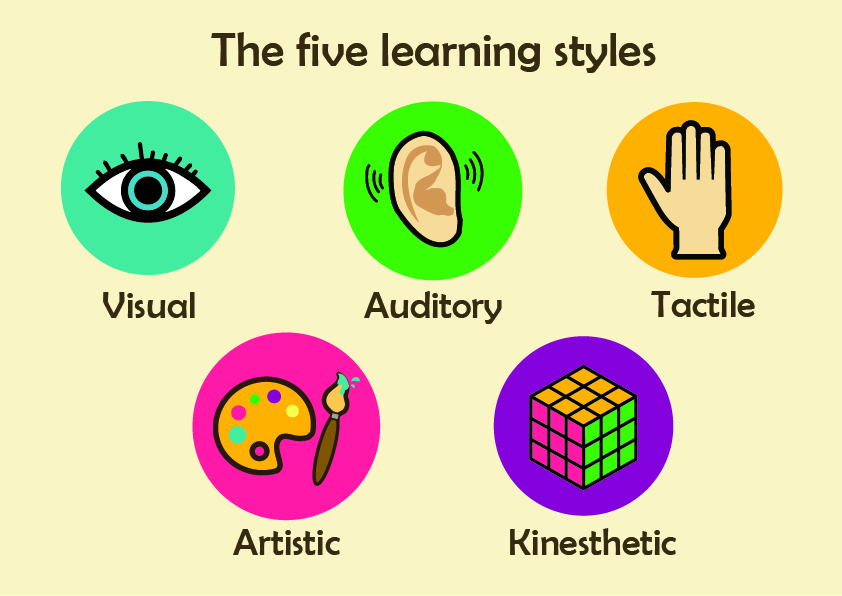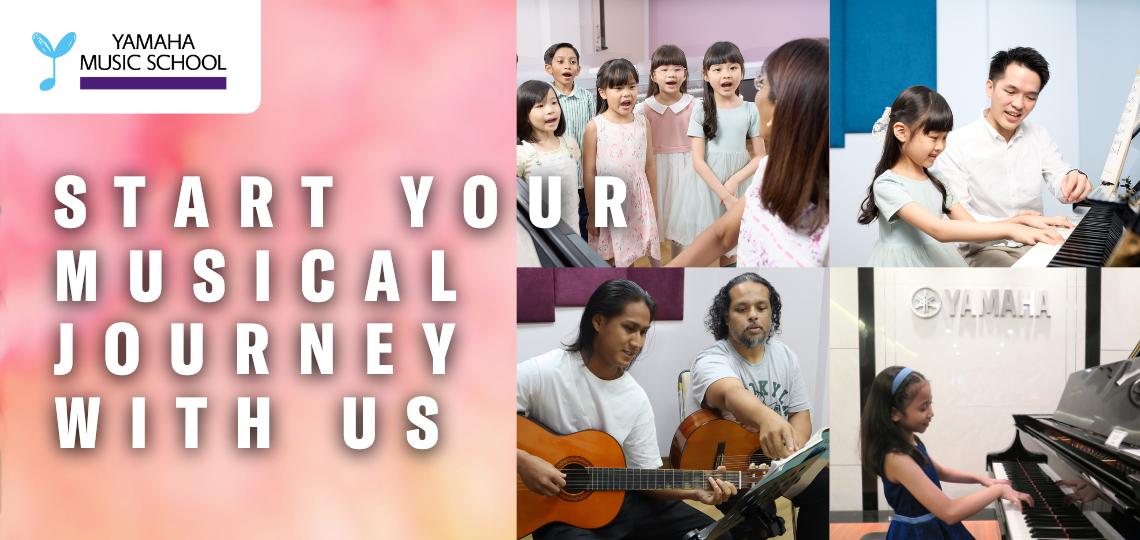When searching for “preschool near me“, parents are often looking for the best early childhood education and lesson plan for kindergarten.
Preschool or kindergarten is a magical time for children aged 4-6. It’s a period of immense growth, where social skills blossom, friendships ignite, and a love for learning takes root.
Preschool Curriculums in Malaysia
When it comes to preschool curriculums in Malaysia, the country is home to a wide range of options, each designed to nurture children’s minds in its own unique way. From the established Montessori method to the child-centered learning of Reggio Emilia Approach, there’s a curriculum perfectly suited to your child’s spark.
Learning Styles Explained:

Visual Learners: Learns through sight. They learn best through pictures, charts, diagrams, and written instructions.
Auditory Learners: Learns through hearing. They learn best through lectures, discussions, songs, and rhymes.
Kinesthetic Learner: Learns through “hands-on”. They learn best by doing, moving around, and manipulating objects.
Tactile Learners: Learns through touch and physical exploration. They learn best by doing hands-on activities involving textures, materials, and building. (While similar to kinesthetic learners, tactile learners focus more on the sensory experience of touch).
Artistic Learners: Learns through creative expression. They learn best by engaging with various art forms such as visual arts, music, movement, and storytelling. (While similar to tactile learners, artistic learners have a broader focus that includes visual and auditory aspects of art.)
Now, let’s see how these styles connect to the preschool curriculums in Malaysia:
- Standard National Preschool Curriculum (KSPK): A Well-Rounded Foundation
The Malaysian Ministry of Education adopts a holistic approach to early childhood development by incorporating arts and crafts, science and technology, values, physical development, and communication skills. This comprehensive approach ensures that your child’s development is fostered in a well-rounded manner.
Learning Style Fit: This curriculum caters well to all learning styles through its diverse range of subjects and activities. Visual learners benefit from books and illustrations, auditory learners enjoy songs and rhymes, kinesthetic learners participate in physical activities, and tactile learners explore with different materials.
2. Montessori: Cultivating Independence Through Exploration
Developed by Dr. Maria Montessori, this child-centered approach caters to individual learning styles and paces. Montessori classrooms are great for exploration, with children actively engaged in “Practical Life” activities like self-care and food preparation. Sensorial materials like puzzles and manipulatives further refine their senses and cognitive skills.
Learning Style Fit: This curriculum is great for kinesthetic and tactile learners who thrive on hands-on activities. Visual learners also benefit from the clear and organized classroom layout.
3. Waldorf/Steiner: Igniting Imagination Through Artistic Expression
Developed by Rudolf Steiner in 1919, the Waldorf curriculum emphasizes the beauty of art, nature, and imaginative play. Think of it as a symphony for the senses, where children learn through practical experiences like storytelling, music, and handcrafted toys. Technology takes a backseat, replaced by a focus on fostering creativity and a connection with nature.
Learning Style Fit: This curriculum is ideal for kinesthetic and artistic learners who flourish in a creative and movement-oriented environment.
4. Reggio Emilia: Where Collaboration Reigns Supreme
Imagine a classroom where children are active participants in shaping their learning journey. This is the essence of Reggio Emilia, where parents, teachers, and children collaborate to create a stimulating environment. Project-based learning – children take the lead in choosing and exploring topics that fuel their curiosity. Through collaboration, presentations, and discussions, children develop their communication and critical thinking skills.
Learning Style Fit: This approach is a great fit for all learning styles. Discussions, presentations, and project-based activities cater to visual learners (through charts and presentations), auditory learners (through discussions and explanations), kinesthetic learners (through building and creating projects), and tactile learners (through exploring materials during projects).
5. The British Curriculum: A Structured Path to Success
In Kuala Lumpur, many international schools teach the British curriculum. It covers a wide range of subjects like math, science, and humanities, focusing on achievement and progress. Clear learning objectives and a structured environment provide a strong foundation for future academic success.
Learning Style Fit: This curriculum caters well to visual and auditory learners. Clear explanations, textbooks, and defined learning objectives benefit those who learn best by seeing and hearing information presented in a structured way.
6. A World of Merged Possibilities: Combined Curriculums
Some preschools combine elements from various curriculums. This blended approach allows them to cater to more diverse learning styles and create unique programmes. For example, a school might combine the project-based learning of Reggio Emilia with the self-directed exploration of Montessori.
Learning Style Fit: The beauty of combined curriculums is that they can address a wider range of learning styles. For example, a program that blends Montessori with Reggio Emilia might cater to both kinesthetic learners through hands-on activities and visual learners through project presentations and charts.
Choosing the Right Fit for Your Little Learner
Remember that learning styles are not set in stone, and most children benefit from a combination of approaches. However, understanding your child’s learning styles can help you choose a curriculum that complements their strengths and fosters a love for learning.
Finding the perfect preschool or kindergarten for your child? Click here to visit our School Directory now!

The Ultimate Guide to Taekwondo Belts: Unlocking Levels and Secrets

8 Must-Join Enrichment Classes to Skyrocket Your Child’s Skills

In Malaysia’s diverse educational landscape, an increasing number of non-Chinese parents are choosing Chinese primary schools for their children. This trend reflects changing perceptions about education and future opportunities. Let’s explore five key reasons behind this growing preference: 1. Strong Foundation in Mathematics and Science Malaysian Chinese primary schools are known for their strong emphasis […]




